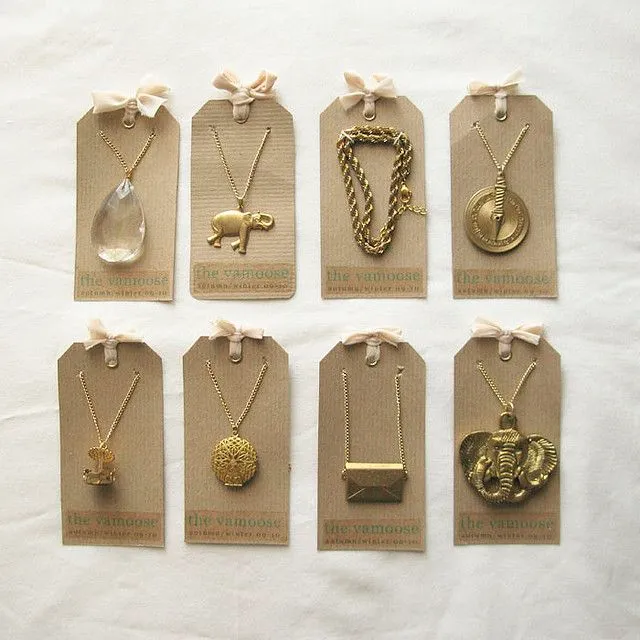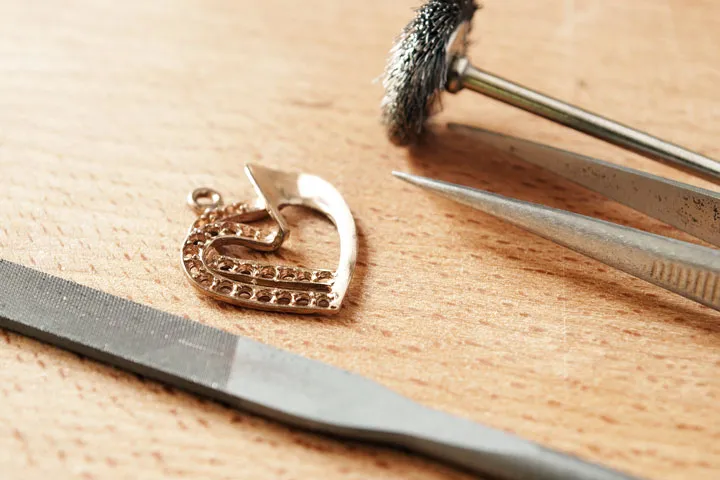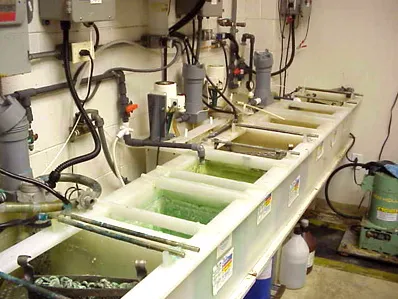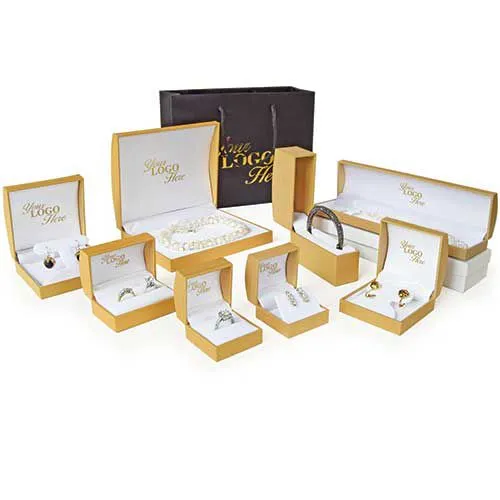
''An Overview of Jewelries Manufacturing Processes an Methods''

Jewellery is a kind of accessories worn by individuals to have an attractive look, such as necklaces, bracelets, earrings, pendants, and broaches. The term is limited itself to a small or fancy object that is put on something else to make it more attractive. The oldest standard material used in making jewelry are metals mixed with gemstone, but sometimes shells and materials from plants are also used.
Taking back 100,000 years ago, the oldest known jewelry are the beads from shells of Nassarius, which is also known to be the earliest type of archaeological artifact. According to Wikipedia, the term jewelry is derived from the word jewel, which was anglicised from the old French ‘’jouel’’, and to the Latin word ‘’jocale’’ which means plaything. The very first design and shapes of jewelry were taken from different cultures. Jewellery is known to have underlying meanings with its symbols, pattern, designs, and material properties in the past centuries.

DIE STRUCK – this method is done to create distinct impressions in which metals are converted into hardened steel dies with the use of a hammer. This procedure is commonly applied in creating signet rings.
GOLD FILLED & ROLLED-GOLD PLATE - Persistent plates of metal are secured mechanically by means, for example, soldering, brazing, or welding. The karat gold utilized is no less than ten karat fine, and this gold covering can be connected to at least one surfaces of the base metal. Numerous quality ensemble Jewelry producers utilize this procedure to emulate the karat gold look of fine Jewelry. Gold filled or Rolled Gold Jewelry isn't as high as karat fine Jewelry, notwithstanding because the whole layer of gold on the thing is to a high degree thin.
CAST - The technique in which metals are poured or constrained into molds which have holes in the shape or type of the articles to be created. Of the different casting forms, Lost-wax casting is the one most generally utilized. Lost-wax casting implies the item is first etched from wax. The first wax form, or a duplicate of it, is then used to make a shape and the wax is lost in the real casting process.
GOLD ELECTROPLATE - Electroplate is the way toward appending a plate or layer of fine gold on a base of metal by an electrolytic procedure utilizing power and chemicals. This procedure can be utilized to enhance appearance and to prevent breaking down. Like gold plate, this procedure emulates the karat gold look of fine Jewelry yet isn't as strong because of the thin layer of gold.
Jewelry Manufacturing Processes

Jewelry producing process incorporates most propel advancements and devoted research. Adornments making is an extremely composite process experiencing a long and moderate methodology making it intense from the underlying point to the completing point. Every item experiences a progression of methods before we get the completed item as a delightful Jewelry item. The specific segments of Jewelry (stones, metals, and embellishments) goes through various procedures. These adornments are remarkable and include a great deal of time and expertise. Aside from customized Jewelry which is high quality, the majority of the gems is executed by casting machines.
Following is a short depiction of the considerable number of procedures include the assembling chain.
DESIGN MAKING

MOLDING

Once the perfect work of art of Jewelry is finished, it is utilized to influence a high innovation mold, which thus is utilized to make wax multiplications of the Jewelry. After the portray is finished with all the little subtle elements, it is passed on to the molding section. In the molding division, the exceptionally experienced skilled molders at that point transform the portray into a master mold which sets the base for the aggregate procedure from there. The master mold is an incredibly complex level of crafting as the ultimate result lays on the master mold.
CASTING

Casting is an extremely complex process and requires most extreme talented and experienced casters for the coveted last item. The wax reproductions are set in steel holders which are then possessed with a compound powder, and the compartments are warmed in a chamber to 550°c which cements the powder and melts the wax deserting a flawless impact. Melted metal has then filled the flasks, permitted to cool, at that point obliterated to uncover the Jewelry in casting form.
POLISHING

EMBELLISHMENTS/ DECORATIVE PROCESSES
After the item has gone from the cleaning and completing divisions, it needs to experience for adornment process. At the point when the items get cased and foiled, the required improving stones of the right sizes and weight are cut and made with extraordinary accuracy and arranged for the last setting which is done once the items leave the foiling and finishing division. It requires huge persistence and ability to make the master model and to deliver a stunningly casting free from deformities and which needs the base of pursuing to influence it to idealize. The connection wire can likewise be utilized characteristic enrichment.
The process of Embellishments/Decorative are explained as follows:
FINISHING

PLATING

QUALITY CHECKING

PACKAGING AND TRANSPORTING

References:
https://en.wikipedia.org/wiki/Jewellery
http://jewelrydesigns.com/jewelry/jewelry-making/
https://www.google.co.jp/url?sa=t&rct=j&q=&esrc=s&source=web&cd=1&cad=rja&uact=8&ved=0ahUKEwifltyE9J3XAhWCi5QKHfrVA9wQFggrMAA&url=http%3A%2F%2Fshodhganga.inflibnet.ac.in%2Fbitstream%2F10603%2F24809%2F7%2F07_chapter%25204.pdf&usg=AOvVaw0p0gBUJgbYKqdQWbFEDlqy
Recent Articles: